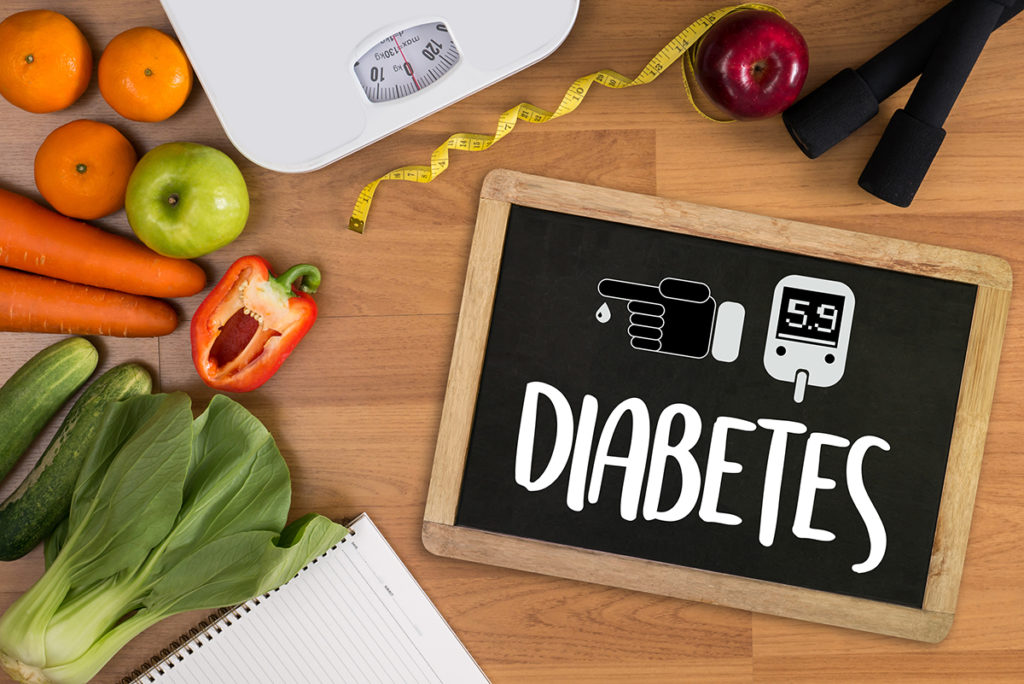Given that diabetes is costly, hard to treat, and approaching epidemic levels, it’s not surprising that interest in prediabetes is growing. According to the American Diabetes Association (ADA), 86 million Americans aged 20 years or older have prediabetes and only 11.1 percent of Americans with prediabetes have been told they have it.
Prediabetes is a condition that precedes the onset of type 2 diabetes. It is characterized by blood glucose levels that are elevated, though not high enough to be classified as diabetes. The ADA recommends screening for all adults 45 years old and older. Also, if you are younger than 45 and are overweight or obese and have risk factors for diabetes, you should be screened.
Risk factors include:
- Family history of diabetes
- Having hypertension, high cholesterol, or high triglycerides
- Sedentary lifestyle
- Belonging to certain ethnic groups (Hispanic American, Asian American, Pacific Islander, Native American, or African American)
- History of gestational diabetes or giving birth to a baby weighing more than 9 pounds
- History of cardiovascular disease
- Having a condition associated with insulin resistance, such as polycystic ovary syndrome or metabolic syndrome
Diagnosing and Managing Prediabetes
If your doctor suspects a diagnosis of prediabetes, they can order the following tests:
- Fasting plasma glucose test
- Oral glucose tolerance test (OGTT)
- Hemoglobin A1c (HbA1c)
And, if you are diagnosed with prediabetes, it is important to take action to manage your condition. Because many of the lifestyle-related risk factors associated with diabetes are also risk factors for other health issues, making lifestyle changes to reduce your risk of diabetes may have a positive effect on your overall health.
Some people can take medication to manage their blood glucose levels, but lifestyle modification such as diet and exercise, is favored over pharmaceuticals as the first approach to manage prediabetes. Losing excess weight, exercising for at least 150 minutes per week, reducing your intake of calories, carbohydrates, sugar and fat, and trying to eat more fiber and whole grains are strategies that can help you reduce your risk.
Preventing Prediabetes
The same strategies that are used to lower your risk of type 2 diabetes can be applied to prediabetes, as well. If you do have prediabetes, you can take steps that may slow or avoid the progression to type 2 diabetes. It will take a lot of effort on your part, but the potential benefits – being healthy and living longer – are worth it in the long run.
To find a doctor or schedule an appointment visit Steward DoctorFinder™ or call 1-800-488-5959.
*Source: American Diabetes Association, www.diabetes.org
*Source: National Diabetes Education Program, www.ndep.nih.gov
*Source: Diabetes Care, American Diabetes Association, http://care.diabetesjournals.org/content/37/Supplement_1/S14.full
To find a doctor or schedule an appointment, visit Steward DoctorFinder™.




